DrFirst
3 Ways to Optimize Your Epic EHR
Some things perform better when they’re tuned up. Orchestras and car engines, for example. It’s the same with EHRs.
While electronic health record (EHR) systems have made big strides in functionality and features, many clinical workflows can benefit from EHR optimization that refines established processes and limits workarounds for staff. Medication management is one area where integrated software can amp up your EHR performance. Gathering medication history, completing medication reconciliation, refilling prescriptions, and tracking adherence are all vital processes that can be a struggle for clinicians when patient data is incomplete and disorganized.
You can overcome these challenges by fine-tuning your Epic EHR in three ways:
1. Streamline medication history workflows.
Your clinicians receive patients’ medication history in their EHR workflows via an external data feed, but information is often missing. And because your EHR and the systems used by pharmacies, payers, and health information exchanges often don’t speak the same language, it can be difficult to assemble a coherent clinical history for each patient. When clinical staff searches for the missing information by making phone calls to medical practices and pharmacies, they then must manually enter the information. These time-consuming and error-prone tasks can cause delays at critical parts and in all venues of the patient journey, such as admission, transitions of care, and discharge.
To optimize the process, a medication history solution integrated with your EHR can gather more information from multiple sources, including local pharmacies. Then, you can make the most of that data using clinical-grade AI that safely and automatically translates more than 90% of incoming prescription instructions (known as “sigs”). The tune-up payoff: avoid keyboard errors, save time, and make positive progress toward medication reconciliation initiatives.
2. Make prescription renewals easier for clinicians and faster for patients.
When patients request a prescription refill from their pharmacy, the pharmacy sends an electronic request to the provider for a renewal if no refills are available. The provider’s EHR receives the renewal request with specific prescription instructions, or sigs, such as the medication dosage, route, and frequency. Unfortunately, this represents another example of systems not speaking the same language. The sigs don’t match your EHR’s configuration or may contain “free text,” which requires manual transcription into discrete fields by a member of the clinical care team. Some health systems invest tremendous effort in creating and maintaining a sig-mapping table in their EHR, but still fall short of a perfect import.
Instead, pick up the pace of prescription renewals and preserve patient safety using an AI-powered solution that transcribes sigs directly into your Epic EHR. Clinical-grade AI optimizes the renewal process for your clinicians by limiting the need to translate and enter prescription details, reducing the potential for errors, and getting medications into patients’ hands sooner.
3. Improve price transparency and medication adherence.
Patients often abandon high-cost prescriptions at the pharmacy. Integrating price transparency solutions in your EHR gives providers quick access to patients’ pharmacy benefits, including out-of-pocket costs. Knowing these costs up front, with options to switch to a more affordable therapeutic equivalent, empowers clinicians to make informed prescribing decisions, saves money for patients, and fuels better adherence and outcomes.
Just as a racing engine performs more powerfully and efficiently when it’s fine-tuned, precise adjustments to your Epic EHR can turbocharge your medication management processes—and that’s a win for health systems, clinicians, and patients.


















